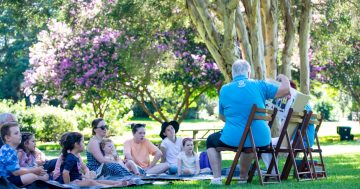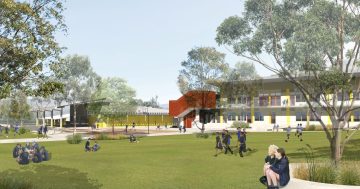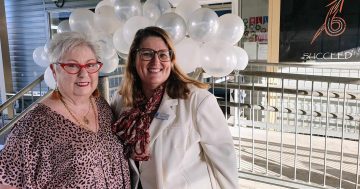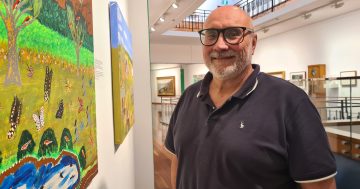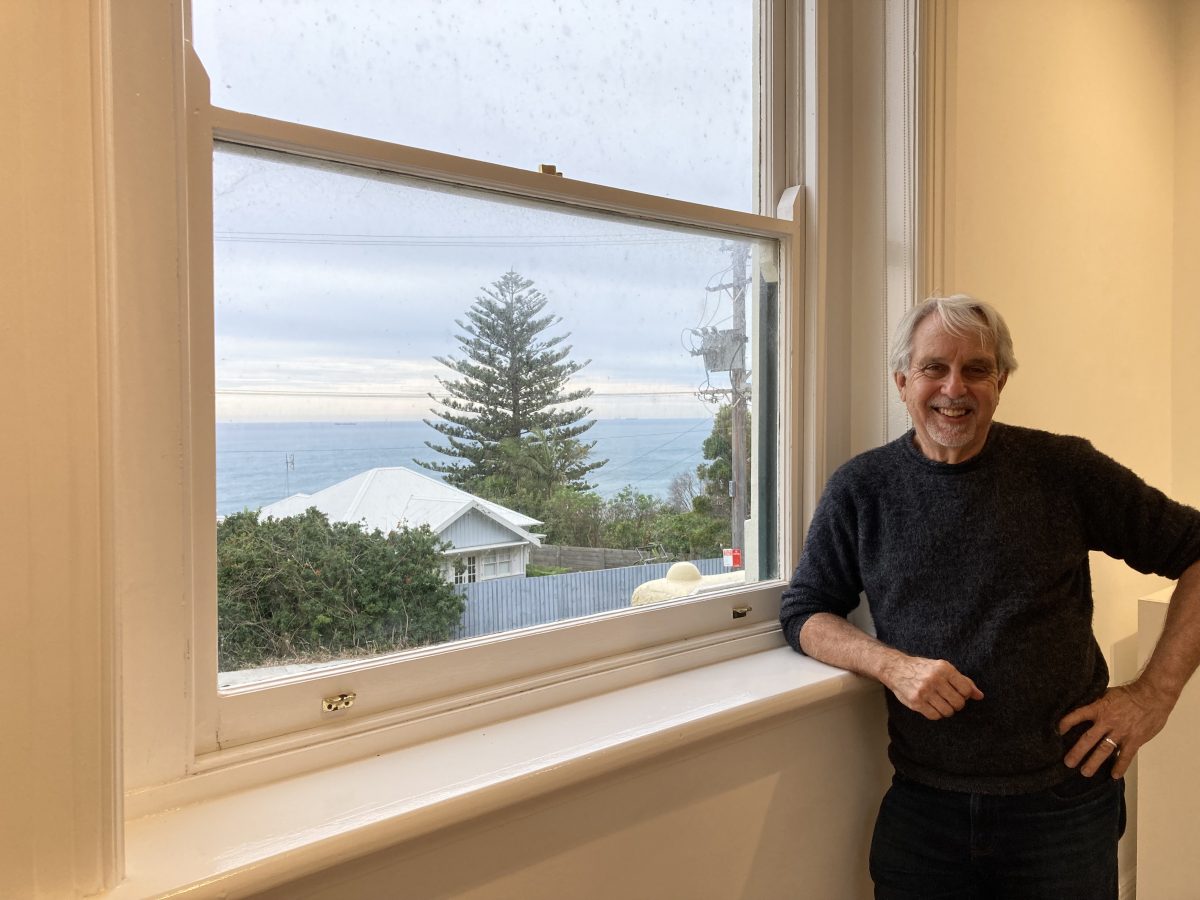
Artist, filmmaker and Clifton School of Arts president David Roach is one of the passionate volunteers paving the way to better accessibility at the School. Photo: Region.
It was 1880 and the little industrial village of Clifton, largely populated by the local mining community, commandeered a small shed to turn into its school of arts.
In doing so, it joined a movement imported from the UK and plugged a gap for locals.
Schools of art were cropping up in working-class areas around the country to give citizens a place that was neither the workplace, pub nor church, where youths and labourers could extend themselves beyond the bubble of everyday small-town life. They were places of learning, culture and socialising, of lending libraries and lectures.
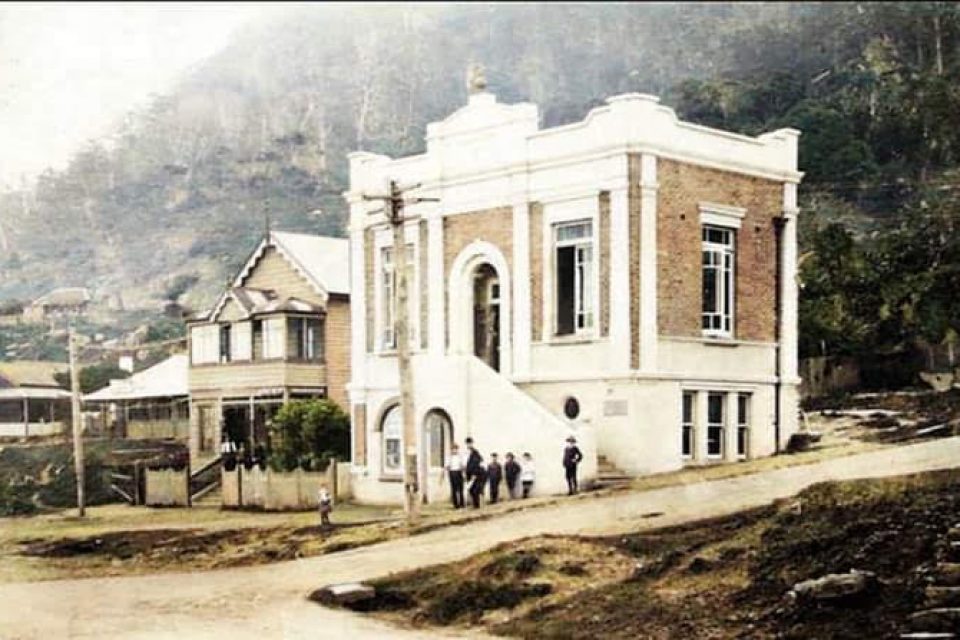


The mine at Clifton eventually became the biggest underground coal mine in Australia. As the industry boomed, so did the population and it soon outgrew its makeshift school of arts.
So, in 1911, during a miners’ strike for better pay and conditions, the community erected the Clifton School of Arts (CSA) – an iconic two-storey brick building that would become a cherished institution.
It has remained in the community’s hands since, entirely run by passionate volunteers and hosting countless art exhibitions, public lectures, forums, workshops, screenings, meet the maker series, cultural performances and events.
Hard to miss as you exit Sea Cliff Bridge southbound, the building is perched on a prime seaside block, which many assume is Crown or council land. In fact, the land was donated to the community by the Clifton Mine, and the members of Clifton School of Arts Incorporated are trustees of the building, according to CSA president David Roach.
“This is a building that has been built, run and owned by the community from the beginning,” he says.
“It has been the cultural centre of the community for over 100 years.”
Original plans for the building included a large dance hall at the rear, but the mining strike ended before its completion.
This resulted in a curious feature that remains today – at the back of the building on the top floor, the ‘doors to nowhere’ opened out to a two-metre drop.
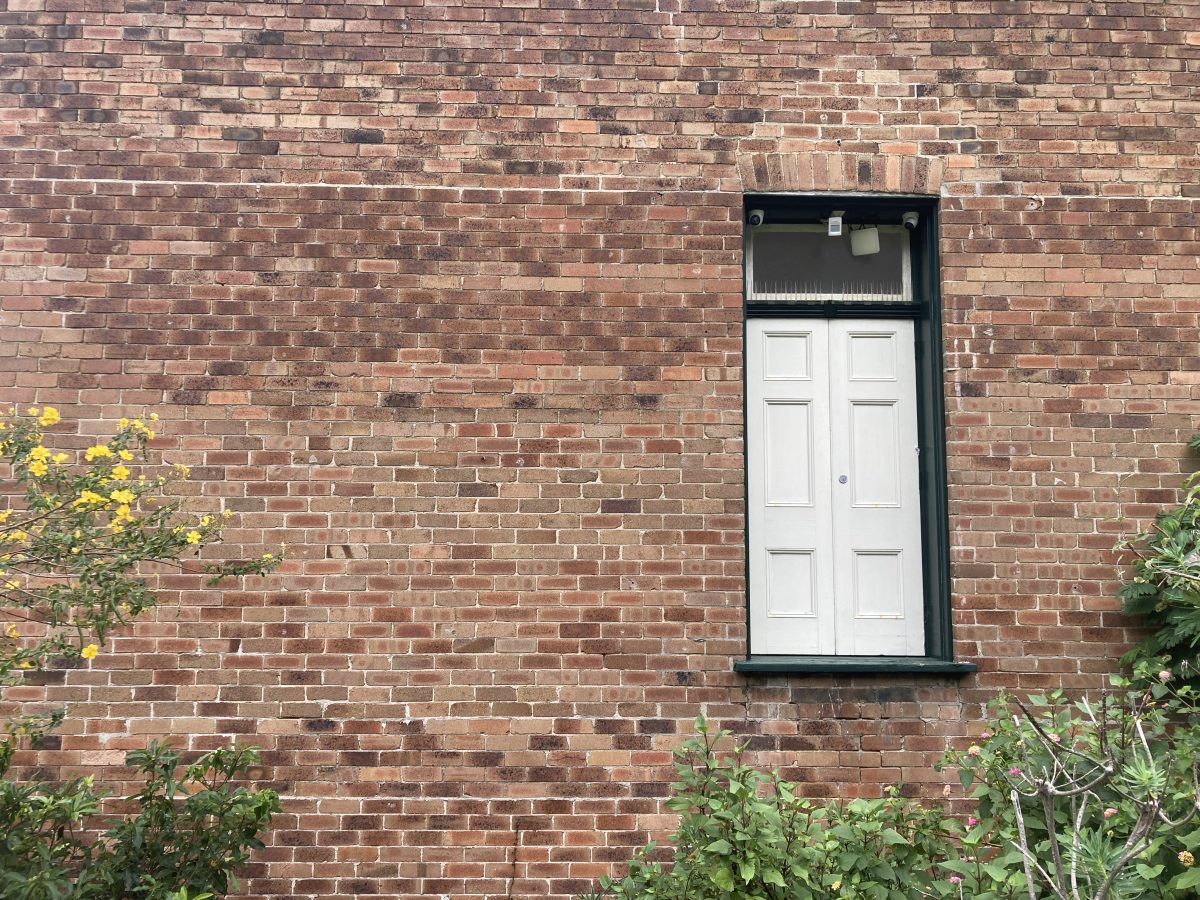
The famous ‘doors to nowhere’ at Clifton School of Arts are set to become a gateway to a new age for the local institution. Photo: Region.
Over 100 years later they remain, and those with disabilities, elderly people with walkers and parents with prams have been unable to enter. But not for much longer.
A development application has been approved for an extension at the back that would double the building’s footprint and rectify its accessibility issues.
Drafted pro bono by Illawarra architect and committee member Tim Antiohos, the plans comprise a multi-functional gallery space, store room, accessible toilet and better overall accessibility.
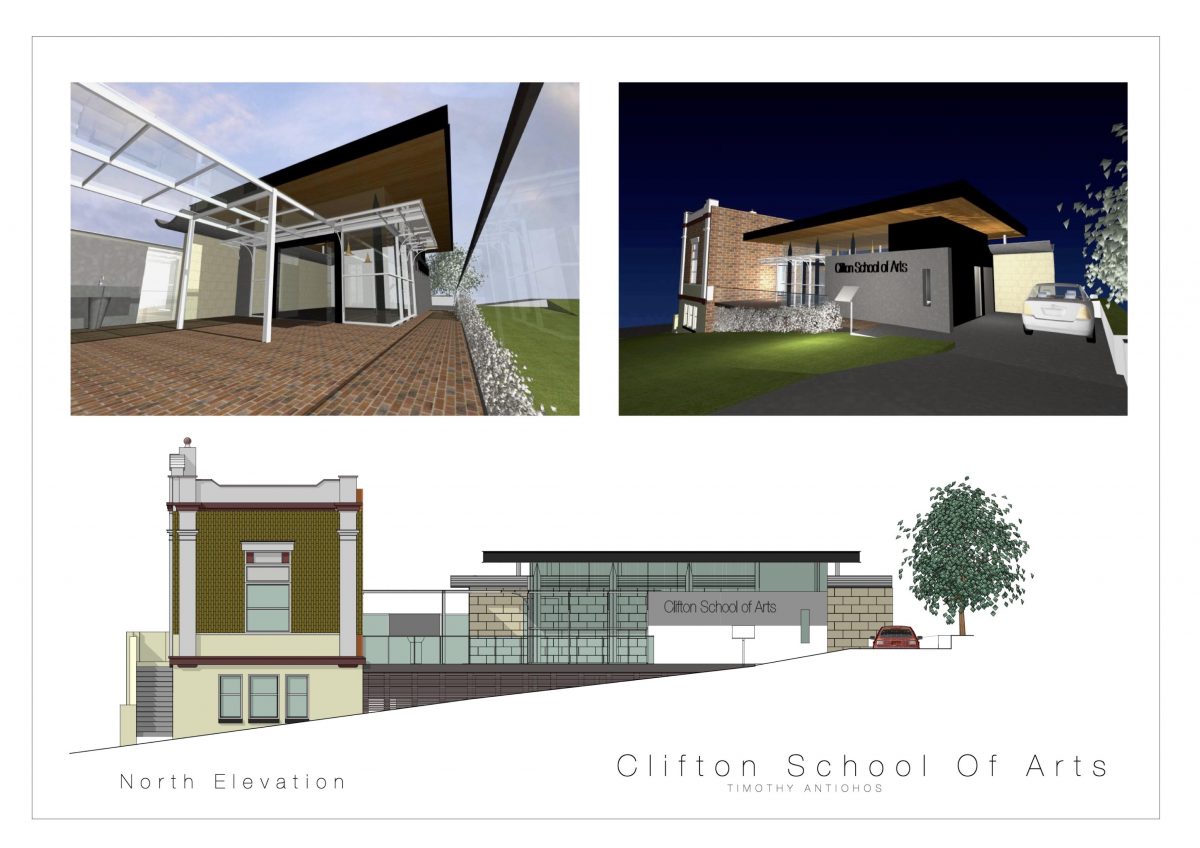
Digital renders and architectural drawings of the planned extensions. Image: CSA.
It will feature sandstone, hardwood, glass and steel, designed in sympathy with the aesthetic of the beloved heritage building.
A recent CSA fundraising event brought in about $65,000 to fund reports needed to secure a construction certificate.
After that, the CSA committee will begin the task of raising the estimated $1.2-1.3 million needed for the works.
The hope is to secure part of this through government grants and that the community’s generosity will help cover the shortfall. To that end the organisation, which is a registered charity, recently secured Deductible Gift Recipient (DGR) status, making all donations to the CSA above $2 tax deductible.
“The community has been incredibly supportive of the CSA,” David says.
In the meantime, a growing membership and funds from artists who lease the space for exhibitions contribute to the $25,000 needed annually to keep its doors open.
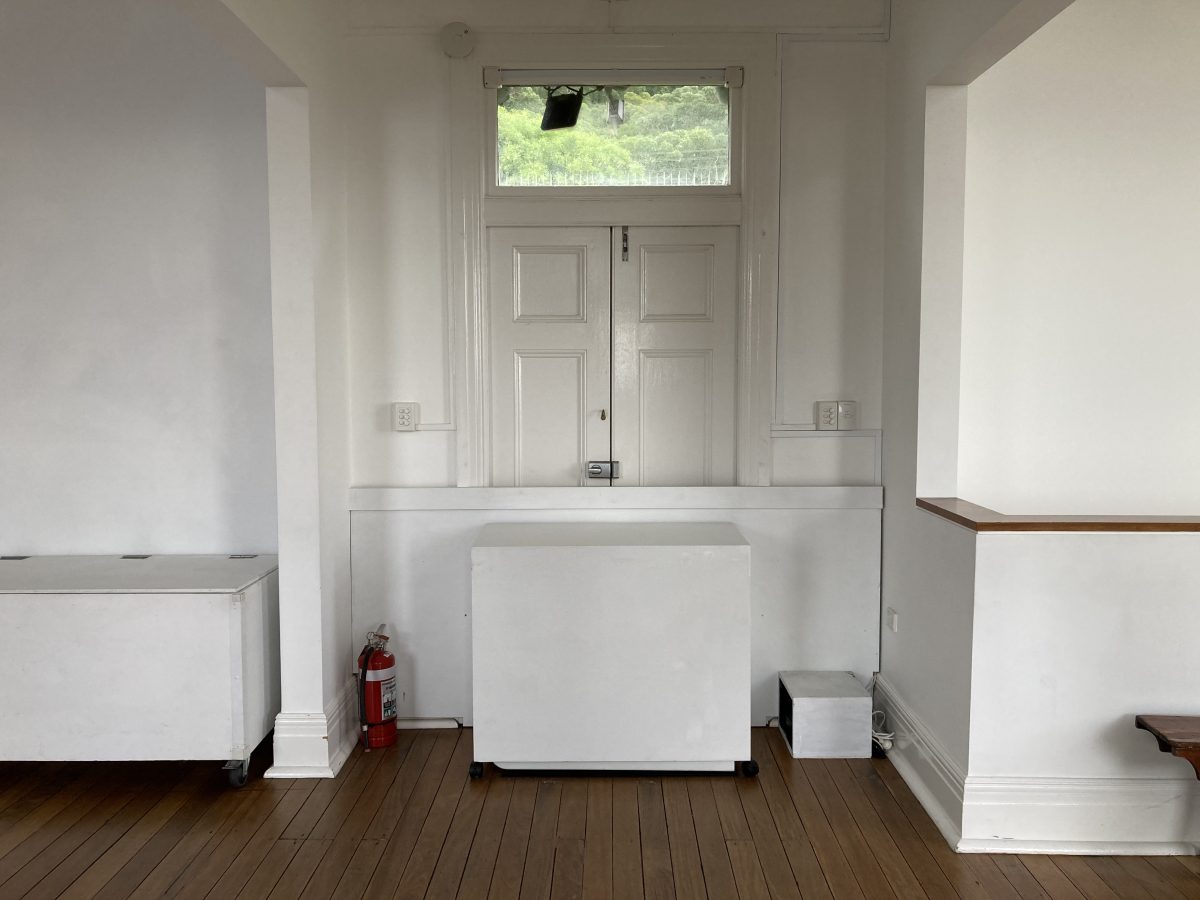
Boarded up, the doors currently lead to a two-metre drop to nowhere but will soon provide access to the top floor via a walkway and gallery space. Photo: Region.
The CSA has never run short of creatives willing to accept the sometimes six-month waitlist to rent the beautiful space.
“The Illawarra has one of the highest proportions of practicing artists per head of population in the whole country,” David says.
To become a member, volunteer, donate or learn more visit the Clifton School of Arts.








